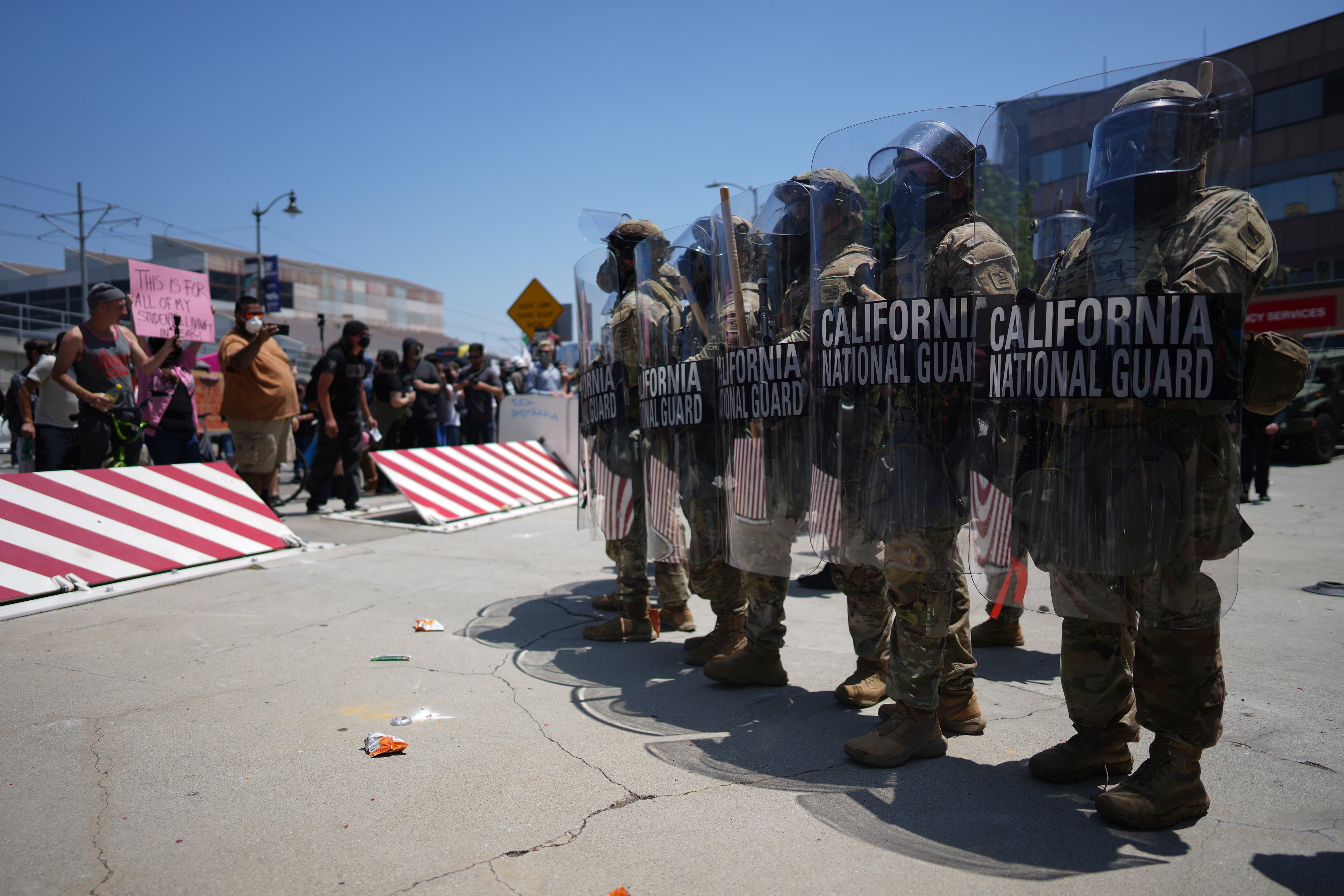U.S. Special Operations Command is once again seeking proposals for a Tactical Assault Light Operator Suit, or TALOS, according to a broad agency announcement posted in December.
Commonly dubbed an “Iron Man” suit, the announcement highlights TALOS’ role as part of a “long-term goal to develop technologies which can enhance SOF mission execution.”
“The intent is to accelerate the delivery of innovative capabilities to the SOF operator,” the announcement, which will remain open through December, states. “TALOS is an overarching vision to drastically improve the dismounted operator’s survivability and capability.”
This isn’t the first time the request has been pushed out, though. Back in September 2013, SOCOM made another broad agency announcement seeking TALOS suit prototypes, according to an Army news release.
“We sometimes refer to it as the Iron Man suit, frankly to attract the attention, imagination and excitement of industry and academia,” Michel Fieldson, then the TALOS lead, said in the release.
For this most recent announcement, the solicitation includes interest areas for contractors to focus on — such as technologies that minimize traumatic brain injury, reduce electromagnetic and acoustic signature, and protect against advanced rifle rounds.
“The vision provides a coordinating focus for many of [SOCOM’s] Science and Technology (S&T) efforts,” the announcement reads.
The tactical exoskeleton system outlined in the solicitation should be able to augment human strength, while maintaining operator mobility under heavy loads in an austere environment.
“The capability areas include enhanced warfighter protection, improved situational awareness, increased mobility, advancements in battlefield power generation and storage, and modernized ground force communication and control,” the announcement reads. “Each capability is approached holistically to ensure system-level operational effectiveness for the SOF operator.”
Other areas of interest include a user-interface that can provide microwave doppler imaging, as well as the ability to capture sounds 360 degrees around the operator’s viewpoint and display the sound’s origin in azimuth and elevation.
In order to power this behemoth, SOCOM is hoping for a backpack-sized battery “capable of providing up to several kilowatts of clean DC power for multiple hours.”
Any power source submitted “should be less than 120VDC and not to exceed 600VDC, although short-term load peaks above this level are possible,” the announcement notes. “These technologies are necessary to provide an uninterrupted source of power to an untethered SOF operator.”
As far as who can submit proposals, the announcement reads that SOCOM is “interested in receiving concepts from all responsible sources from industry, academia, individuals, and government organizations capable of providing the design, development, and testing of TALOS-related technologies.”
Although it’s up to a would-be contractor to determine costs and timeline of development, the announcement recommends a limit of $5 million for development and 24 months to complete all efforts for each submission.
Kyle Rempfer was an editor and reporter who has covered combat operations, criminal cases, foreign military assistance and training accidents. Before entering journalism, Kyle served in U.S. Air Force Special Tactics and deployed in 2014 to Paktika Province, Afghanistan, and Baghdad, Iraq.





